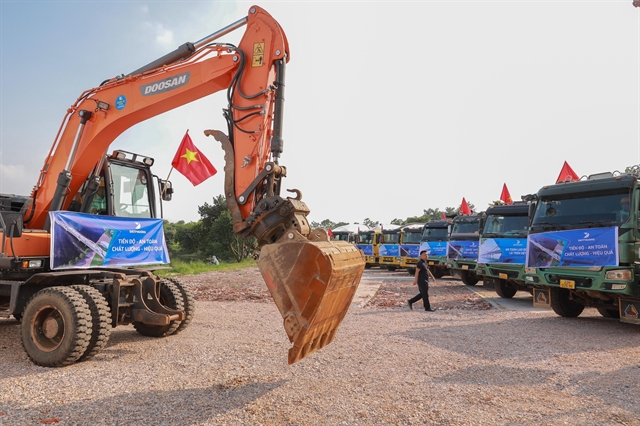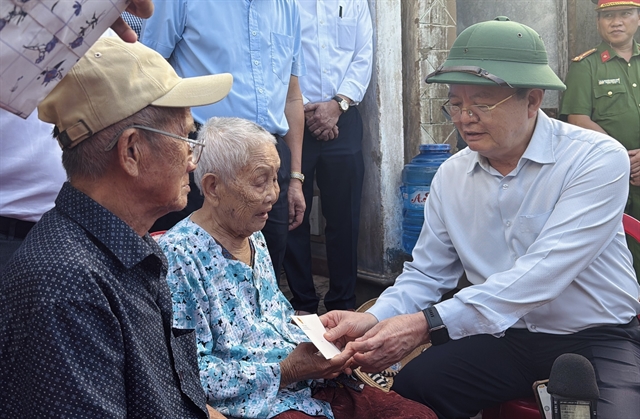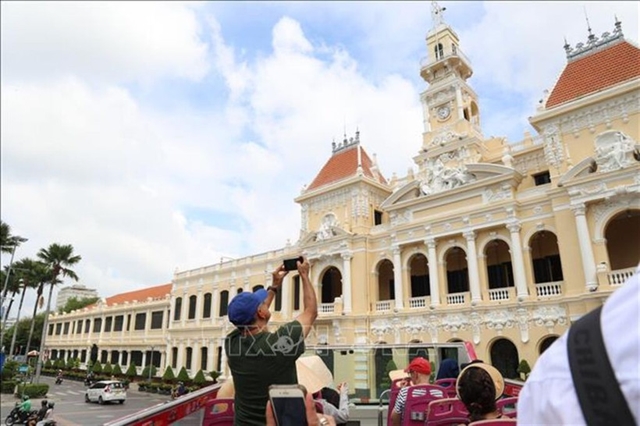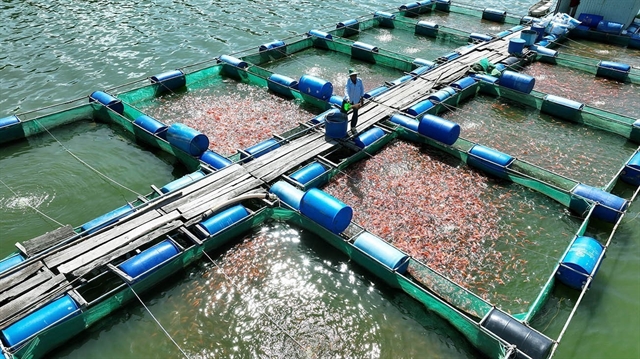 Economy
Economy

The Central and Central Highlands Region has been told to work harder to make tourism a key economic sector of the whole region.
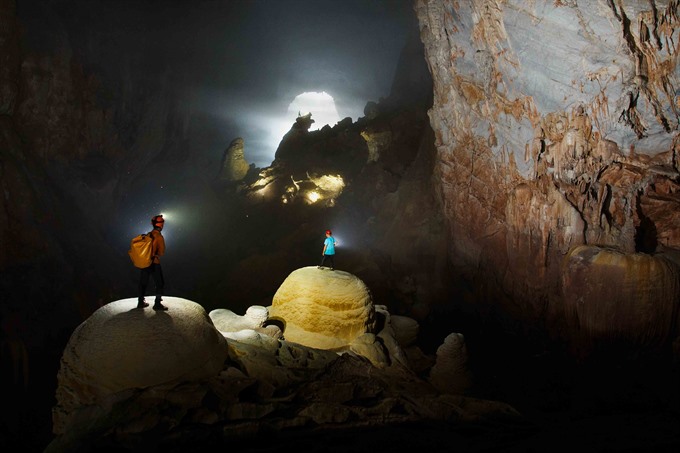 |
| Inside the world’s biggest cave Sơn Đoòng in Quảng Bình Province. Photo by Ryan Deboodt |
THỪA THIÊN-HUẾ — The Central and Central Highlands Region has been told to work harder to make tourism a key economic sector of the whole region.
Speaking at a conference seeking solutions for the development of regional tourism, Prime Minister Nguyễn Xuân Phúc urged 19 provinces in this region to work harder for a common plan to boost the growth of tourism.
“Tourism [in the region] has seen a slow pace of progresses in both service type and service quality. Operations of the sector have shown weaknesses in professionalism and the mindset of service,” the PM said.
PM Phúc added that the imbalance in the sector’s development in different provinces should be dealt with to build up a tourism signature for the whole region, which ranges from Thanh Hóa to Bình Thuận, plus the Central Highlands’ localities of Đắk Nông, Đắk Lắk, Kon Tum, Gia Lai and Lâm Đồng.
The PM wanted authorities of the 19 provinces to work closely to finalise a plan for common development of the region’s tourism by focusing on five common questions. They were: How to get more visitors to Việt Nam; How to make tourists stay longer in the country; How to get them to spend more on local services; How to leave a good impression on tourists; and How to get visitors to return.
During the conference held over the weekend in Huế City in the central province of Thừa Thiên-Huế, PM Phúc said the region has a sound basis, including natural resources and heritage, to make regional tourism a key economic sector.
However, he advised authorities of the provinces in the region not to focus on the resources for the development, but to brainstorm the prominent fields that those provinces own as well as the common conditions for master plans in each field for the whole region.
A report by Thừa Thiên-Huế, the chair province of the Regional Committee of the Central Key Economic Region, said the region received 56 million visits last year, of which 9.5 million were international visitors. Revenue from tourism in the year was VNĐ110 trillion, accounting for 18.7 per cent of the country’s total tourism revenue.
The region has sound infrastructure, with 12 airports and 10 seaports. It has several world class beaches, including the Lăng Cô in Thừa Thiên-Huế; magnificent grottos, including the world’s biggest cave Sơn Đoòng in Quảng Bình; and nine national parks.
The region also contains 14 UNESCO heritage titles as well as the rich culture of 47 ethnic minority groups.
Participants at the conference, however, expressed concern that the provinces were overlapping in developing their own tourism products..
Dr Trần Du Lịch, a member of the PM’s economic advisory team said authorities should change their mindset promptly from developing tourism of each locality to making tourism of the region grow well with a common strategy, with focus on the bond between the provinces.
“The region should have two strategies for two groups, with the first group including provinces ranging from Quảng Bình to Quảng Ngãi, where tourism infrastructure is well-developed. The second is from Bình Định to Bình Thuận plus the Central Highlands,” he said.
Dr Trần Đình Thiên, a former PM’s economic advisor said a common strategy for the whole region seemed to be difficult as previous discussions had not resulted in any practical outcomes.
Thiên suggested having the provinces in small groups, concentrating on the localities with similar strengths and able to assist each other in development. Thanh Hóa, Nghệ An, and Hà Tĩnh, for instance, could be grouped in one, while Quảng Bình, Quảng Trị and Thừa Thiên-Huế could also work together, he said.
PM Phúc pledged assistance from the Government in policies as well as legal framework for the region in administration.
During the conference, the provinces granted initial investment approval to 19 projects. Of which, Thừa Thiên-Huế has four, Đà Nẵng has one and Quảng Bình has five. — VNS

